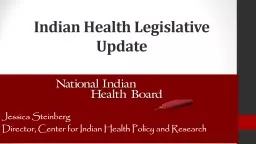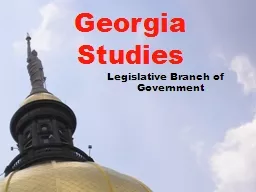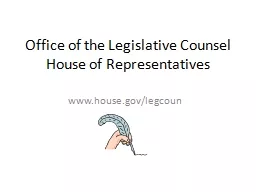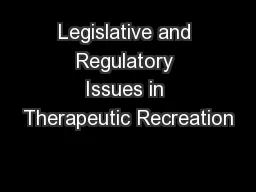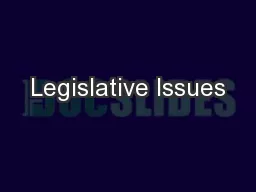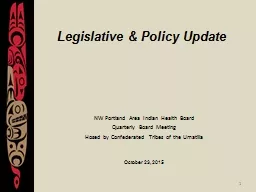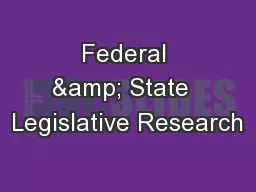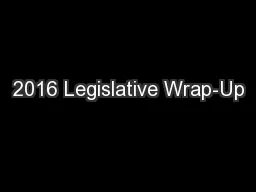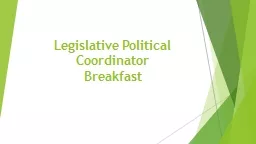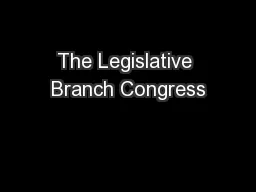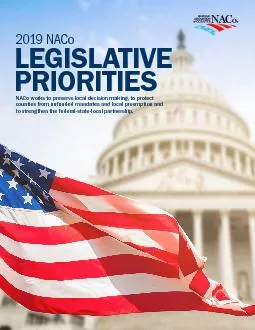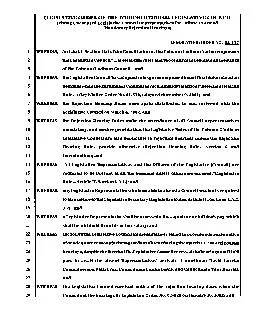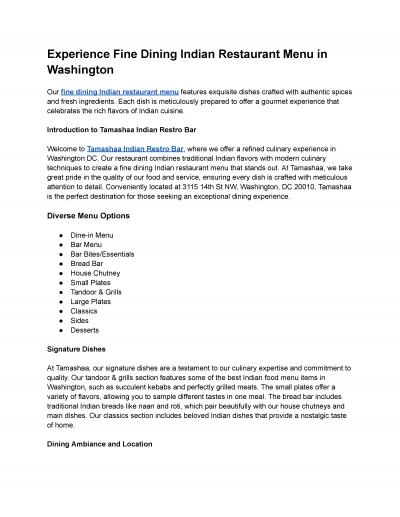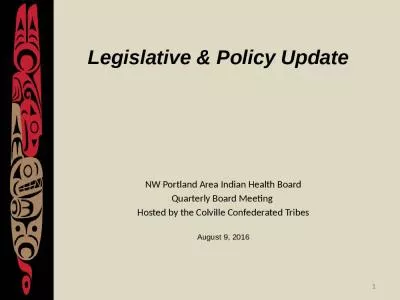PPT-Indian Health Legislative Update
Author : test | Published Date : 2019-01-20
Jessica Steinberg Director Center for Indian Health Policy and Research Opioid Crisis in Indian Country Overview Congress is focusing on solutions to the nationwide
Presentation Embed Code
Download Presentation
Download Presentation The PPT/PDF document "Indian Health Legislative Update" is the property of its rightful owner. Permission is granted to download and print the materials on this website for personal, non-commercial use only, and to display it on your personal computer provided you do not modify the materials and that you retain all copyright notices contained in the materials. By downloading content from our website, you accept the terms of this agreement.
Indian Health Legislative Update: Transcript
Download Rules Of Document
"Indian Health Legislative Update"The content belongs to its owner. You may download and print it for personal use, without modification, and keep all copyright notices. By downloading, you agree to these terms.
Related Documents

